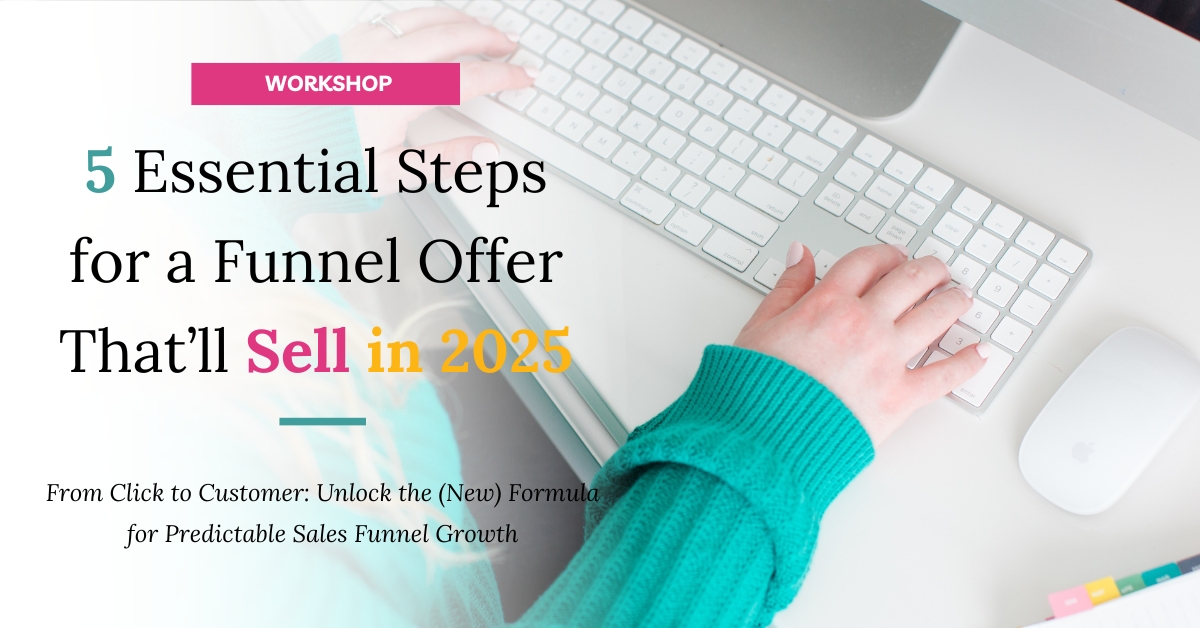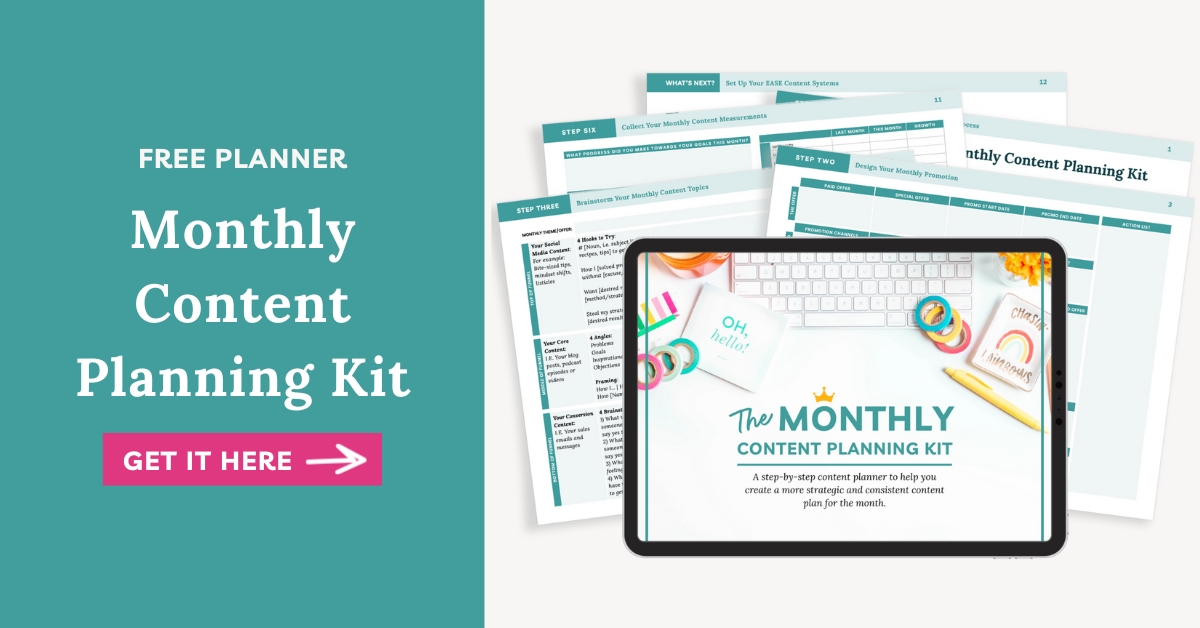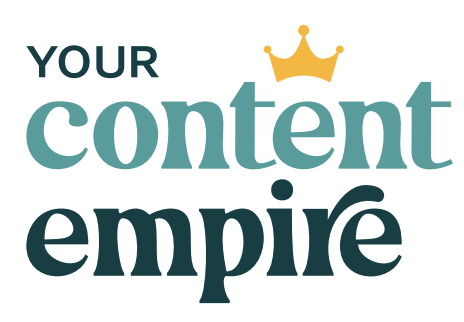You've finally ready for launching your funnel… but now what?
I see so many people make the same costly mistake after launch – they just let their funnel sit there and hope for the best. In today's video, I'm sharing the 4-step system that helped my clients' funnels outperform industry standards by up to 3x.
If your funnel isn't converting as well as you'd hoped, you'll want to stay until the end, because one of these steps is probably the missing piece.
Prefer to watch this video: What to Do After Launching Your Funnel?
Want to listen to this on the go?
Today we're talking about what to do after you launch your funnel, because your work isn't done at launch – it's actually just the beginning of a different type of work. If you've ever launched a funnel and felt stuck on what to do next, hit that like button right now. Now, let's dive into the first and most crucial step: setting up your funnel measurement system…
#1 – A Funnel Measurement System
Before doing anything, the number one thing to get set up right after launching your funnel is your measurement system. I say this a lot but your work is not done once you launch your funnel, it's a new type of work that begins – the optimizing, maintenance and scaling process depending on your goals.
When I work with clients, here are the components of the measurement system that we set up as our ground zero for the scaling (or auditing) process:
- A funnel one sheet (which is just like a marketing one sheet) with all of your summary information about the funnel. In this case, it includes all of your links and tags organized in step by step order so you have all of your funnel info in one easy to access spot. It makes managing your funnel a million times easier than constantly having to chase down a link here or a tag there.
- The funnel one sheet sets the foundation for your funnel measurement system. You want measure all of the points of transition in your funnel. So for example, the number of people who visit the opt-in page who then go on to sign-up for the freebie and the conversion % in between. You can build this in a spreadsheet format or a tool like Airtable. Or an automated dashboard like Google Looker Studio. Or ideally a combination of these. The goal is to make collecting your funnel data as quick and as easy as possible so you leave enough energy and time for the analysis part of it where you think through tweaks or changes to make based on the information. No passive collection over there. That's basically pointless. I build all of this out for clients and teach people how to build this in the Profitable Funnel Sprint – my project-based program where we build and launch your funnel in 30 days.
#2 – Optimize Your Online Hot Spots
The next thing to do after you launch your funnel is optimize your existing online hot spots. We want to create in-roads to your funnel for people who are already on your website, scoping out your social profiles – giving them a way to get into your funnel if they're interested.
I have a giant checklist of things that we set up but here are the 4 big buckets to guide your online hot spot optimization process for your funnel:
1) Your website – add it to your homepage (at least 2 spots like a ribbon or a pop-up or in the footer)
2) Related blog posts – add it midway or at the bottom
3) Your social media profile links – add to your Instagram landing page, your bio links, your pinned posts
4) Your email footer and autoresponder
One of my pet peeves (or not pet peeves because I also find a low hanging fruit opportunity) is when I'm auditing a funnel for someone and can't find the link to the freebie anywhere. That's a big big problem unless it's a stacked funnel that you're kind of meaning to be a secret or not have outwardly facing.
#3 – The Testing Protocol
This is a strategy that I actually coined several years ago and is one of the big reasons the funnels we design for clients tend to way outperform industry standards and that is the testing protocol.
So instead of just launching the funnel and letting that be that, I recommend running your existing audience through your funnel in groups. They're the perfect testers. This allows you to optimize each message for opens and clicks AND any sales that you get through the testing can become the capital you use to fund paid ads which will help you scale that fully optimized sales system. It's the perfect launch pad for your funnel.
#4 – Funnel Traffic Strategy
The fourth and arguably most important thing to do once you launch your funnel is to pair it with a traffic strategy. So many people jump to the conclusion that their funnel just isn't working, only to realize (after looking at the numbers) that the conversion rates are fine but there's just not enough traffic going through it to get anywhere near their goals. It's like the funnel version of “have you tried unplugging and plugging it back in.”
So… as I started this video by saying, once the funnel is launched a new type of work begins, what's your plan for that new type of work?
Are you going to build your traffic plan around paid ads? Organic marketing? Pinterest? Or a diversified, layering strategy?
So ask yourself: What's your biggest challenge when it comes to growing your funnel right now? Is it tracking your metrics, optimizing your content, or getting enough traffic?
Want a Content Post-It Headstart?
If you've been resonating with these funnel fixes and you're ready to build an offer that actually sells (and scales), I've got something special for you. I'm hosting a free webinar where I'll show you how to create an offer that stands out – no AI fluff, no cookie-cutter templates, no staying the internet's best-kept secret. We're going back to the fundamentals that everyone skips because they're chasing the next shiny strategy. I'll walk you through my proven framework for creating a fully stacked offer and building a machine that sells it for you ↓














